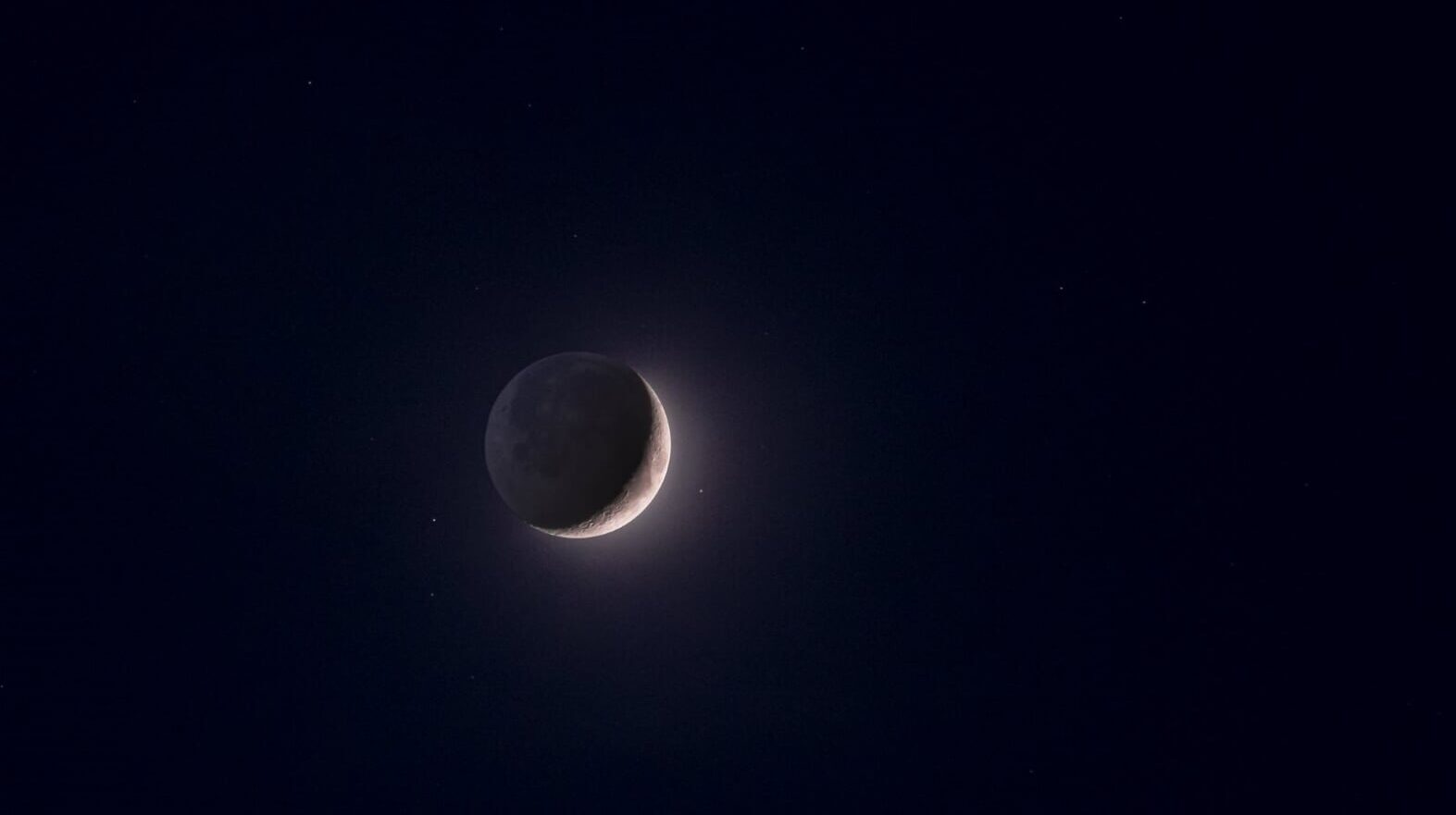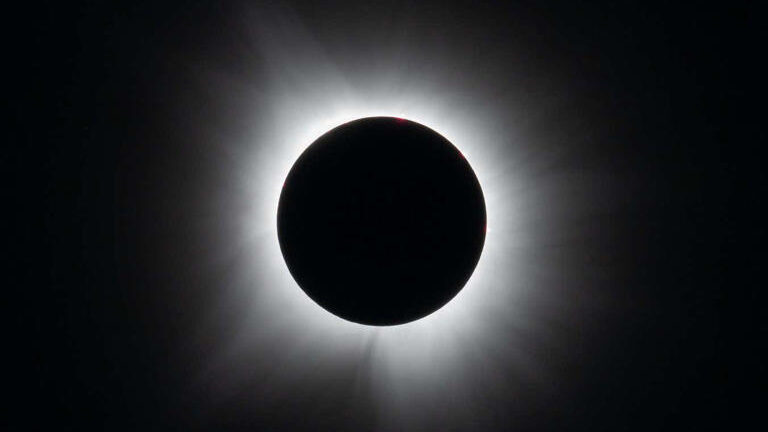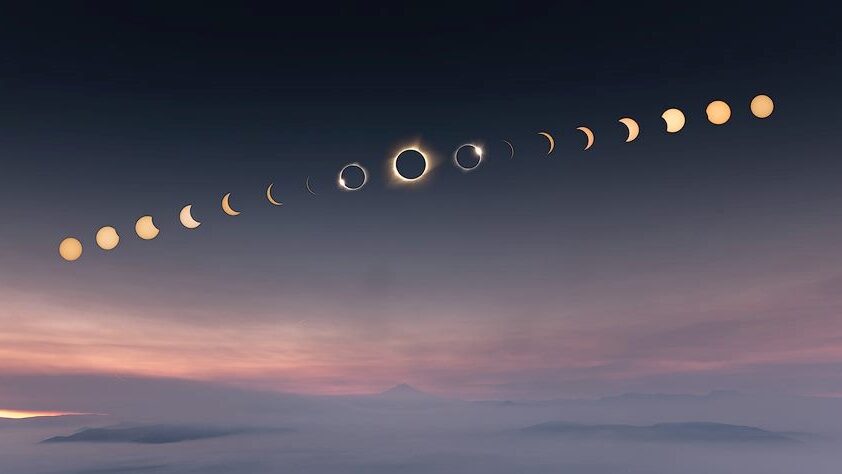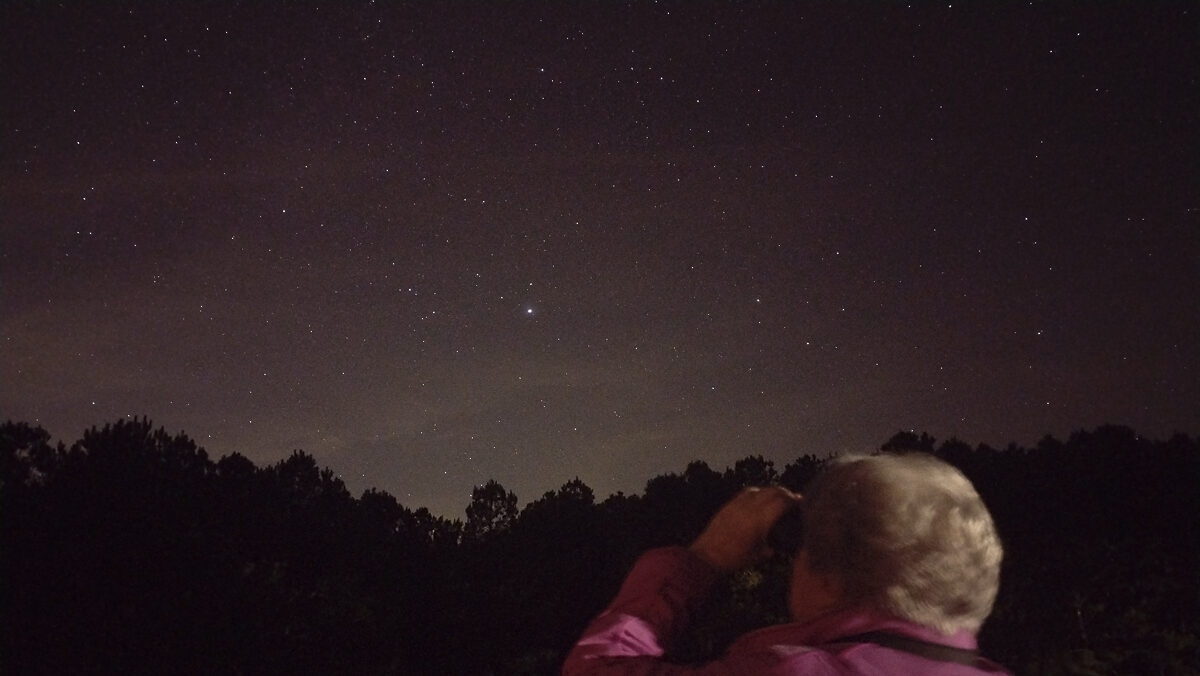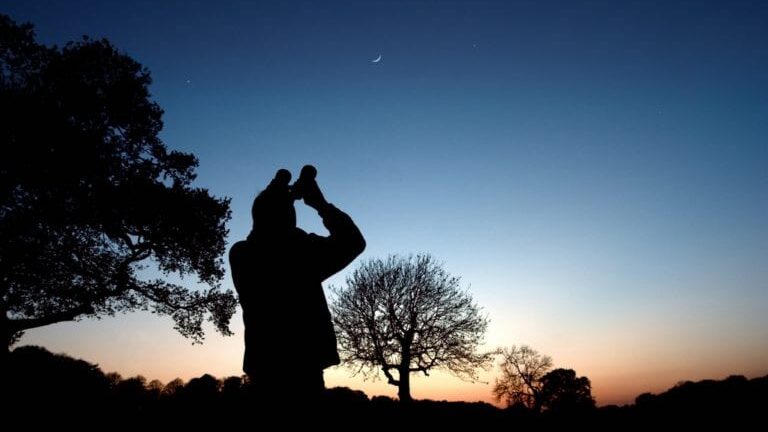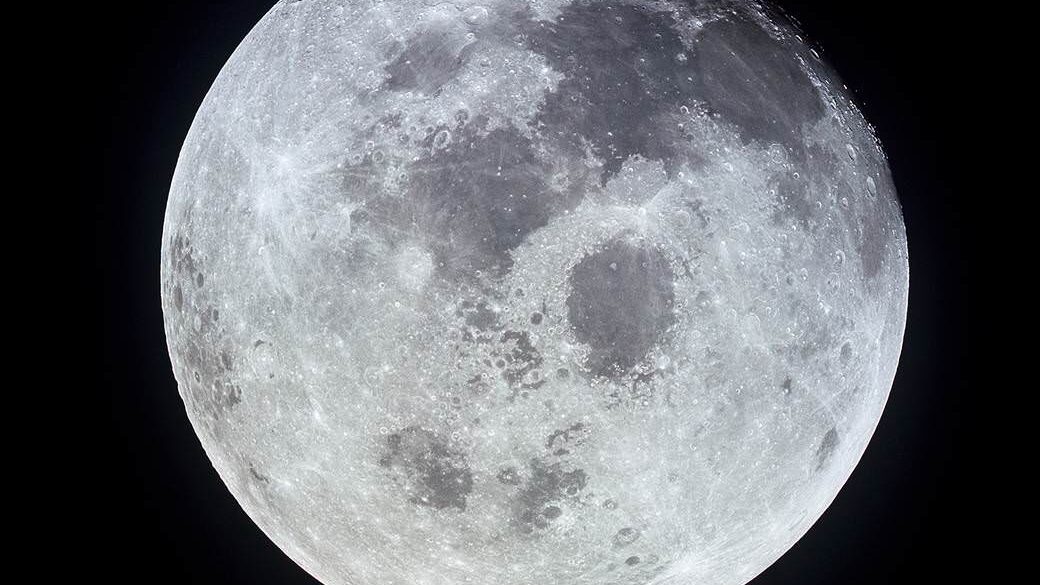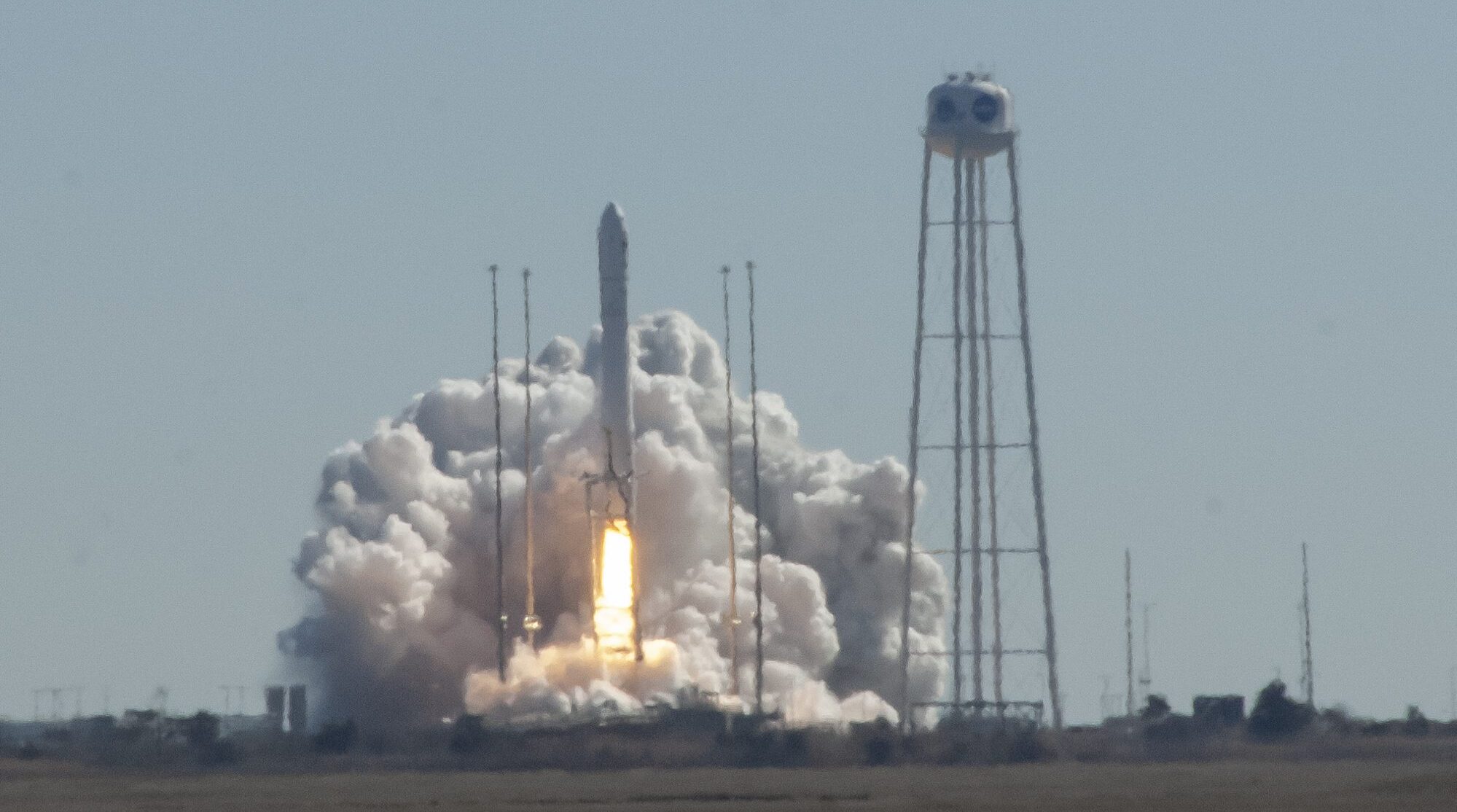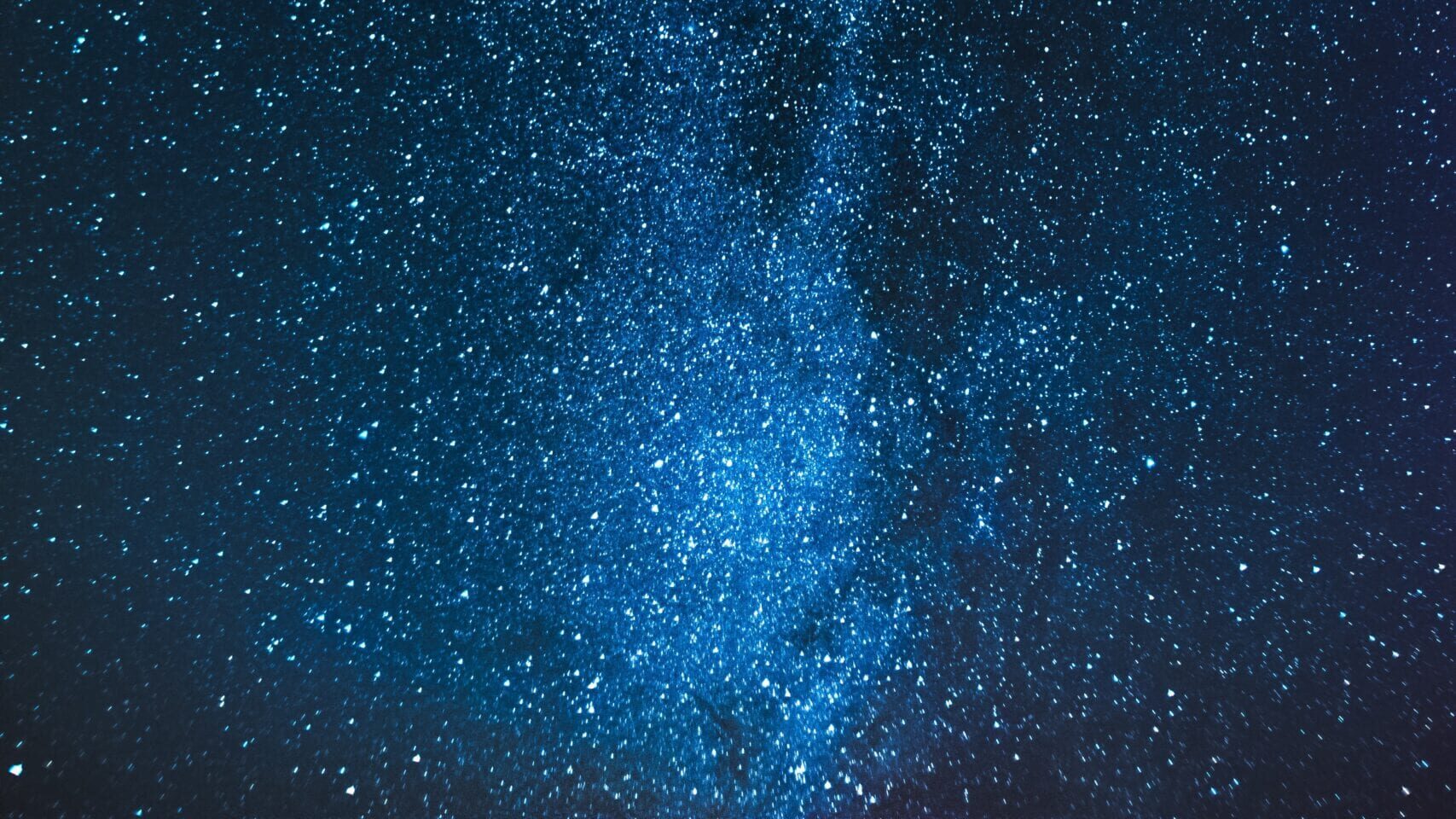Astronauts saw the moon in person, we earthlings use binoculars
The National Aeronautics and Space Administration (NASA) tells us the moon is an average of 238,855 miles away from earth. That’s quite a distance for earth’s closest neighbor in the solar system, which is part of the Milky Way galaxy. Between 1969 and 1972 there were six crewed U.S. landings on the moon which many of us remember. As the earth’s only natural satellite, the moon has always intrigued us and the more we send satellites into space, the more the moon captures our interest. There’s a lot to learn about the moon and the moon phases. Scientists think the moon was created when a huge rock crashed into earth and flew out into space, orbited the earth and slowly gravity caused the pieces collided and formed the moon. The study of the moon has come a long way since 1969 when Neil Armstrong became the first astronaut to step on the surface of the moon saying, “That’s one small step for man, one giant leap for mankind.”
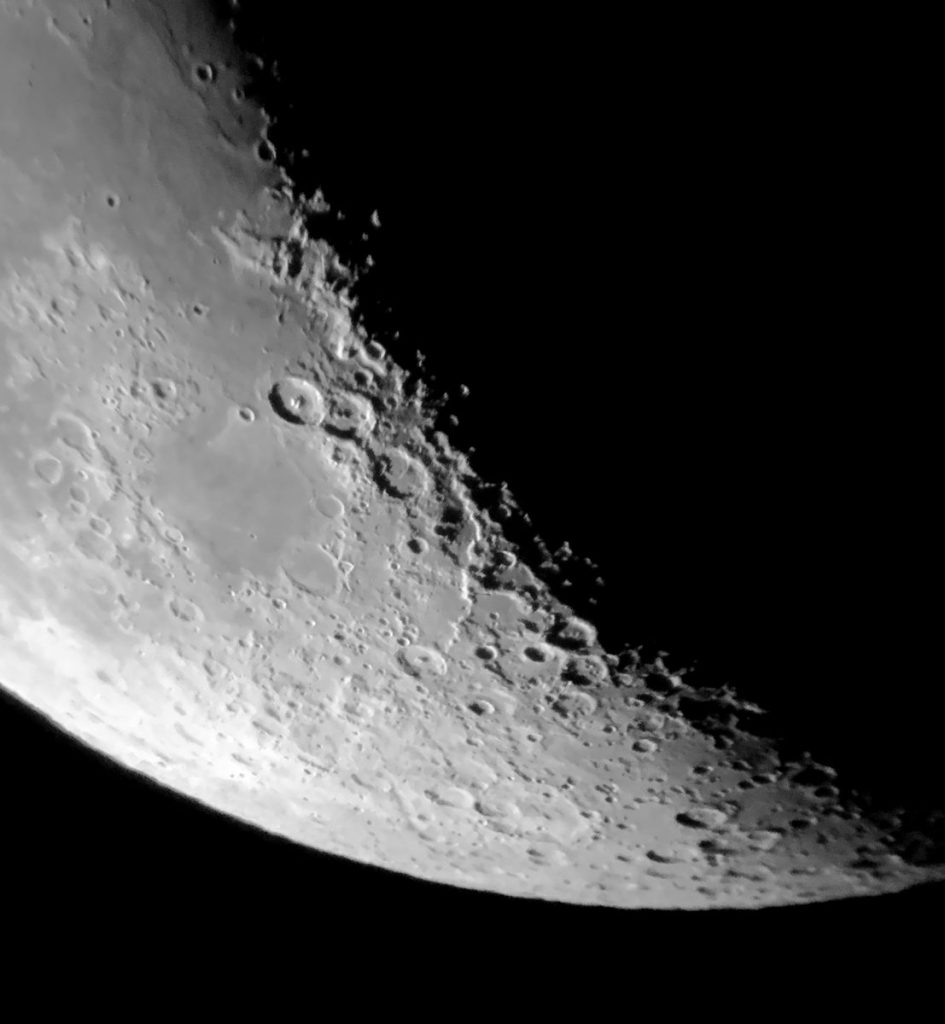
Soon Artemis will launch in our next phase of moon exploration. Here’s a link to more about the Artemis launch program from The Planetary Society.
Tips to learn about the cycle of moon phases
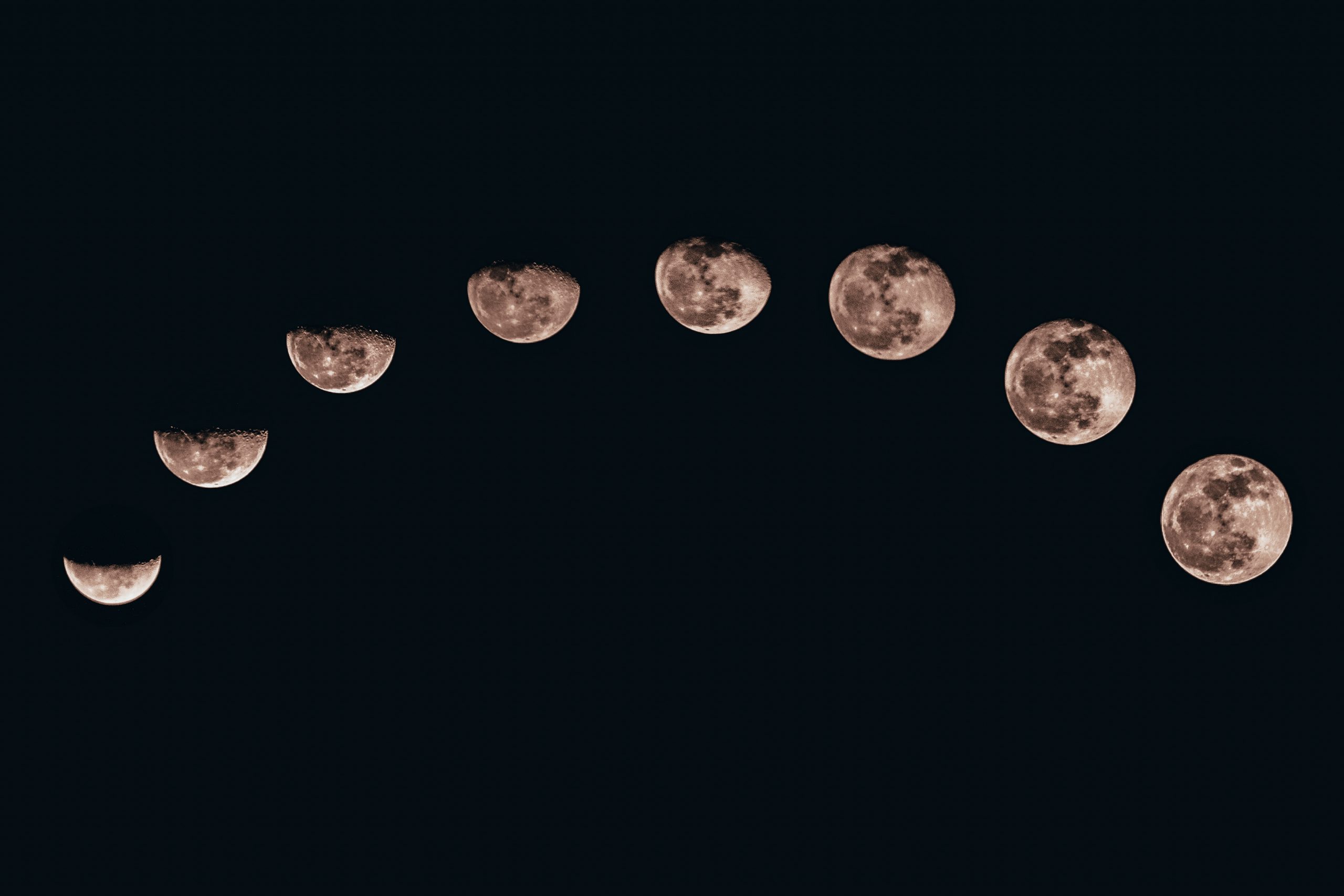
The first time you focus on the moon you’ll notice that the moon’s phases begin at its first quarter (the moon is waxing) as a new moon and appears in its crescent phase. It is a half-moon when the sun fully lights the side of the moon that faces earth and appears like a half circle. It changes to gibbous with humped sides or three-quarters full followed by a full moon when the sun fully lights the side of the moon that faces earth. Throughout the cycle, the moon passes from new to full while its visible side grows from a small crescent shape to a full moon. After the full moon the moon begins its waning cycle back to a new moon. During these phases the part of the moon that is not illuminated by sunlight still reflects some light called “earthshine”.
Click here for a NASA video showing the Moon Phases.
Tip: A moon calendar is a good way to see an overview of the cycle of the moon’s phases throughout the year.
Scoping out the moon
With binoculars explore craters, marias and rilles (see definitions in moon words below) on the lunar surface. Notice all its lunar craters are the result of impact from thousands of meteorites. You’ll see gray streaks called a ray system surround some of the larger craters.
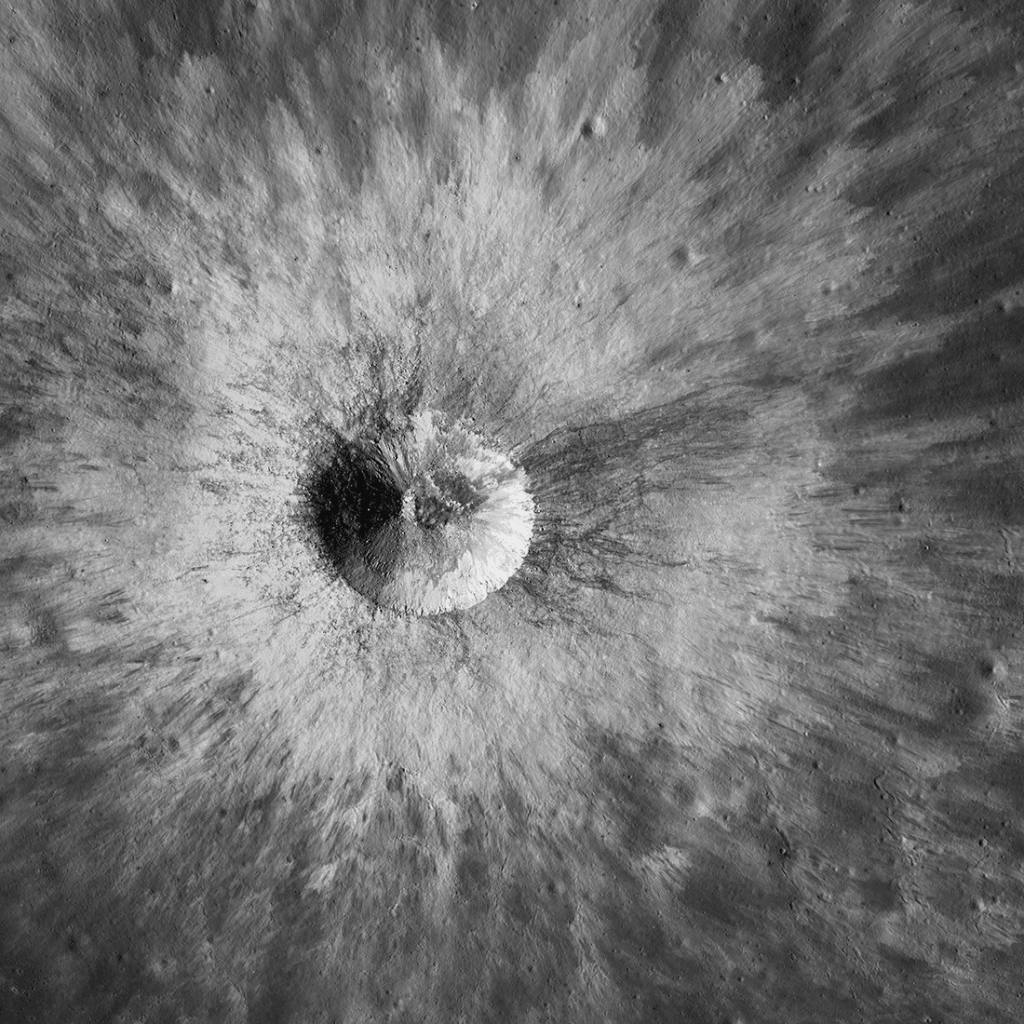
Smooth dark areas known as lowland plains are hardened lava called marias. Many of the moon landings took advantage of these rather than flat areas. Between these plains are long narrow channels called rilles formed from cooled lava that sank into the moon’s surface. The “man in the moon” you might think you see is really a pattern of dark areas that appear as two eyes and a nose.
At a new or half moon explore the terminator line that separates the daylight area from the night so shadows highlight craters and high spots. Light from the sun strikes the moon at a low angle creating a twilight zone. In the terminator area; the low light angle from the sun casts a shadow in sharp relief showing lunar features. This light casts long shadows that highlight the shape of the surface highlighting wrinkles so the lighter shades of the highlands appear as rugged mountains. You see the same phenomena here on earth at sunset, shadows get longer as the angle of the sunlight grows smaller when the sun begins to set.
TIP Our firsthand experience using binoculars stargazing: Don’t go stargazing without these 3 items: 1. For a steady supported view, use a tripod that’s lightweight and easy to assemble 2. To find your way around a group of stargazers in the dark, use a small mini red flashlight instead of a white light that interferes with night vision. A red light head lamp is also a good idea. 3. Get a red dot finder (RDF) to pinpoint a star or object. It superimposes a small red dot on the sky where you’re looking. Tripod, Red Light, RDF repeat.
Take a closer look at the moon
Even though you can see the moon with your naked eyes in whatever phase the moon is in, observing the detail and diversity of its surface with binoculars is your passport to the night sky. The light gathering and magnification of the optics make stargazing a great pastime. After a close look at the moon you will probably want to see more. A pair of binoculars with higher power and larger objective lenses for more light gathering ability will allow you to see more detail. Mounted on a tripod binocs will be steady and give you a much sharper image. But even large telescopes can’t resolve the small amount of debris left behind by the astronauts. Possibly in the near future you will be able to spot a small community of shelters on the moon’s surface as we begin to move further into space.
Moon words for stargazers to remember
terminator, a rough line that separates the lunar day and night
marias, gray blotches in dark lowland plains created by hardened lava; some say maria look like seas or ponds
rilles, long narrow channels formed from cooled lava that sank into the moon’s surface
new moon, appears as a thin shaped crescent
half moon, appears as a half circle
gibbous moon, three-quarters of lunar surface is visible
full moon, sun lights the total of lunar surface
Tip: A neat app called Moon Atlas 3D displays all the Apollo landing sites with their number and landing date.
You might also be interested in:Gene and Katie Hamilton are amateur astronomers who follow the stars and write about their dark sky adventures. They are members of the Outdoor Writers Association of America.
Post Views: 3,092
|

